13 GPTs for Nature Conservation Powered by AI for Free of 2025
AI GPTs for Nature Conservation are advanced tools leveraging Generative Pre-trained Transformers technology, specifically designed to address, analyze, and support tasks within the nature conservation sector. These tools utilize natural language processing and machine learning to provide tailored solutions, aiding in data analysis, policy formulation, environmental monitoring, and public engagement on conservation issues. By processing vast amounts of data, they offer insights and predictive analyses, enhancing decision-making processes and contributing to the sustainable management of natural resources.
Top 10 GPTs for Nature Conservation are: Playful Tanuki Video Search,Visual Identifier,Animal Identifier,The AI Philatelist,🐞🔍 Insect Inspector Pro,Birdie Identifier,梧桐吟者,Bird ID,Eco Guía,Alderney - your guide
Playful Tanuki Video Search
Uncover the Tanuki World with AI

Visual Identifier
Discover the world through AI eyes.
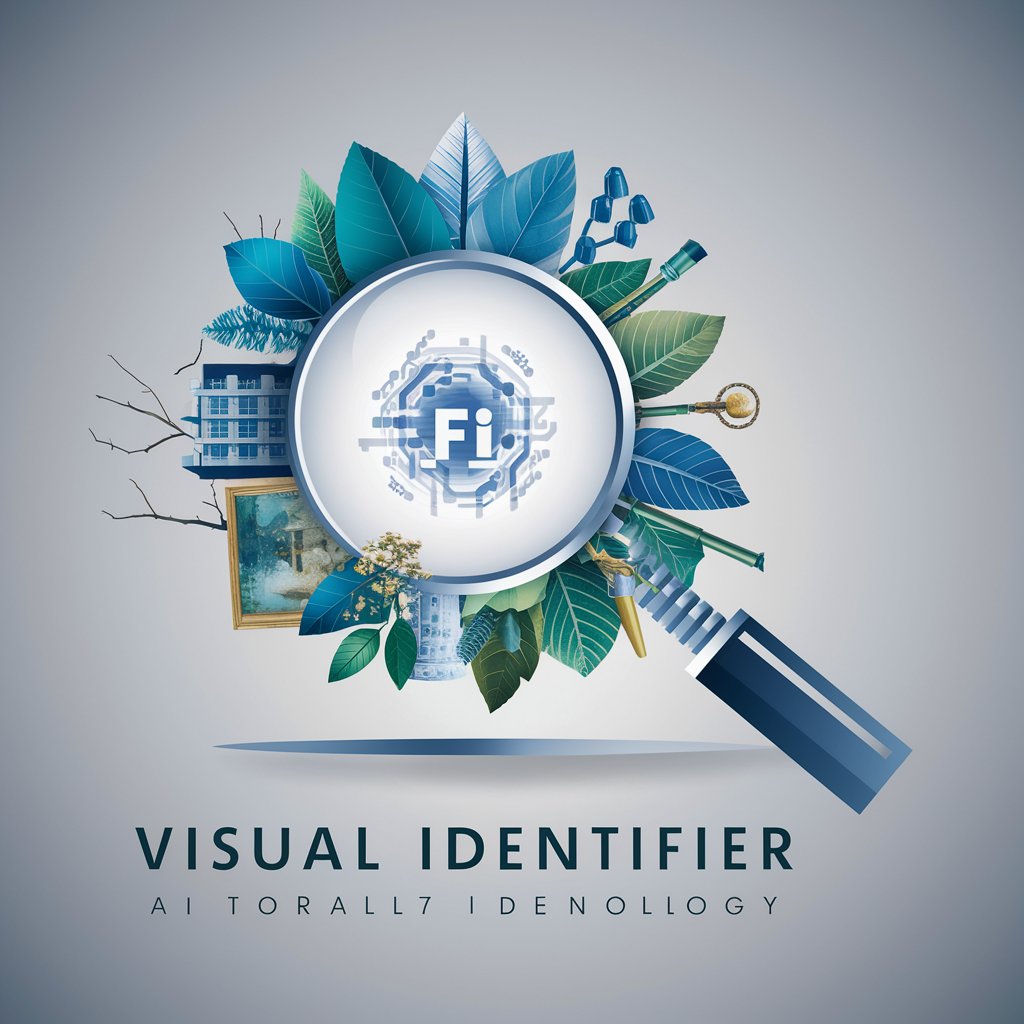
Animal Identifier
Discover Animals with AI
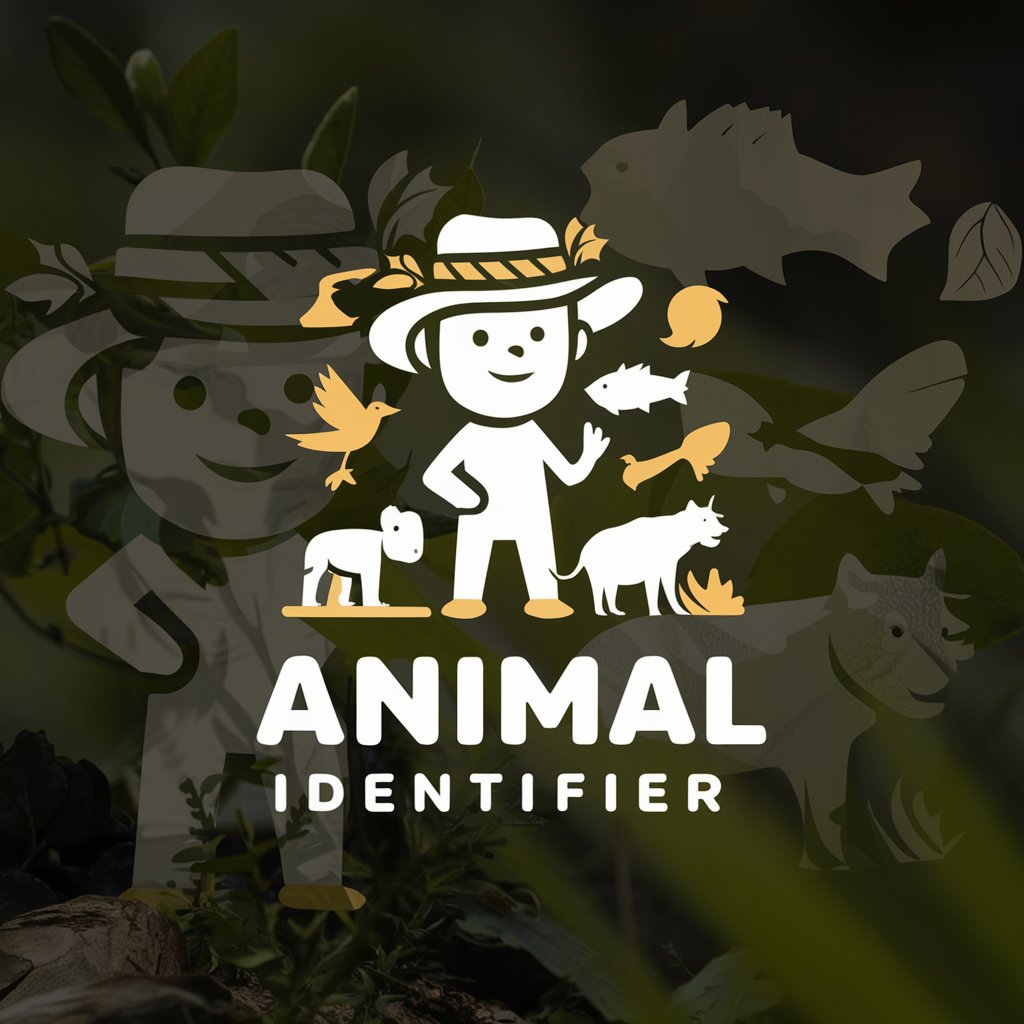
The AI Philatelist
Crafting Unique Stamp Collections with AI
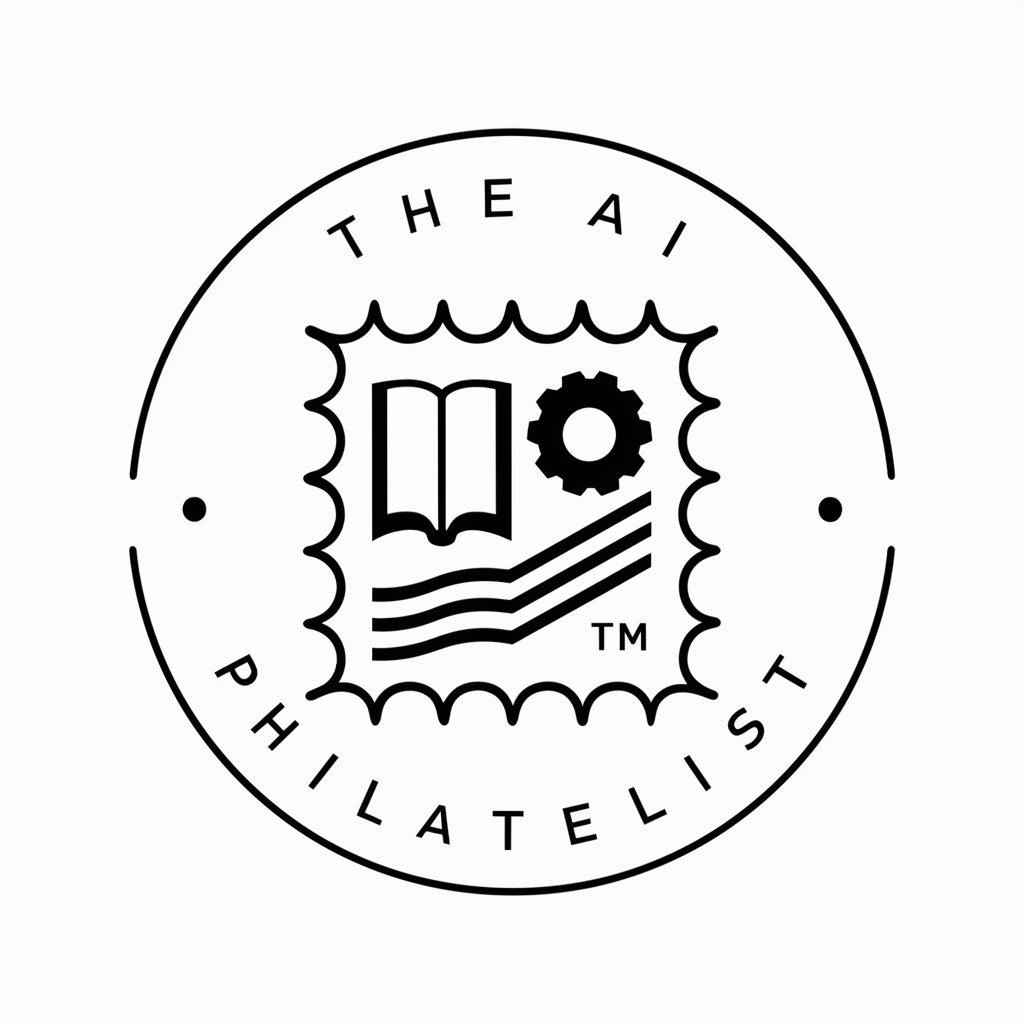
🐞🔍 Insect Inspector Pro
AI-powered insect identification at your fingertips.

Birdie Identifier
Discover birds through AI-powered identification
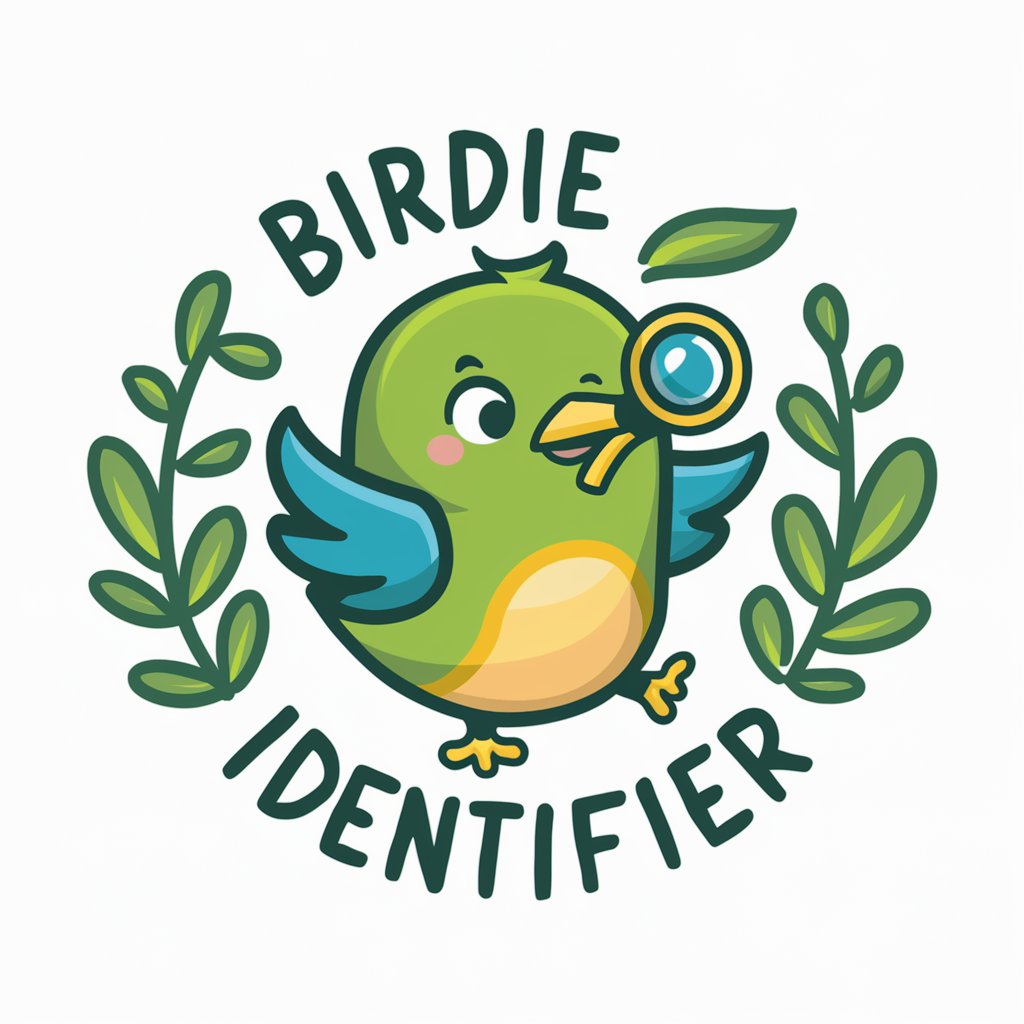
梧桐吟者
Bringing plants to life with AI-driven poetry.

Bird ID
Instantly Identify Birds with AI

Eco Guía
Empowering eco-conscious decisions with AI.

Alderney - your guide
Discover Alderney: AI-Powered Island Insights
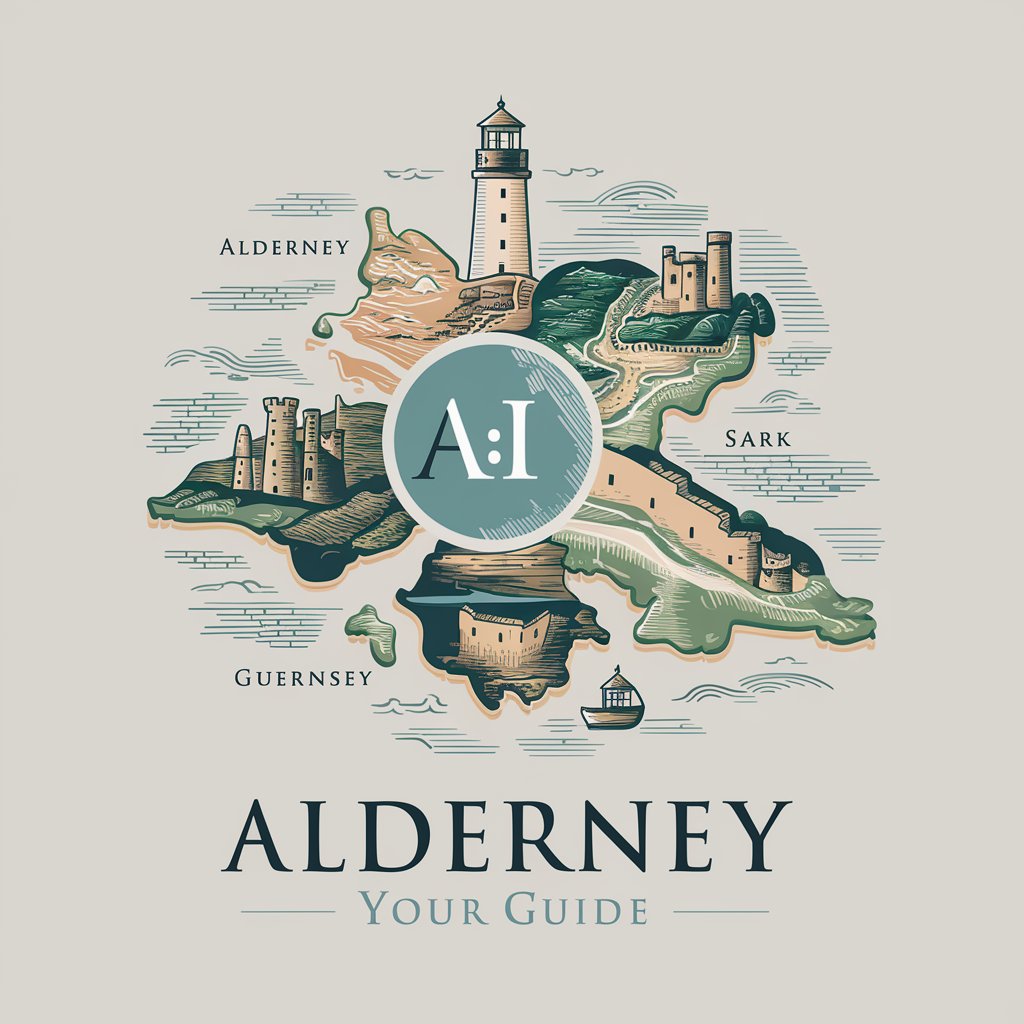
Pet Pal
Enhancing pet care with AI insight
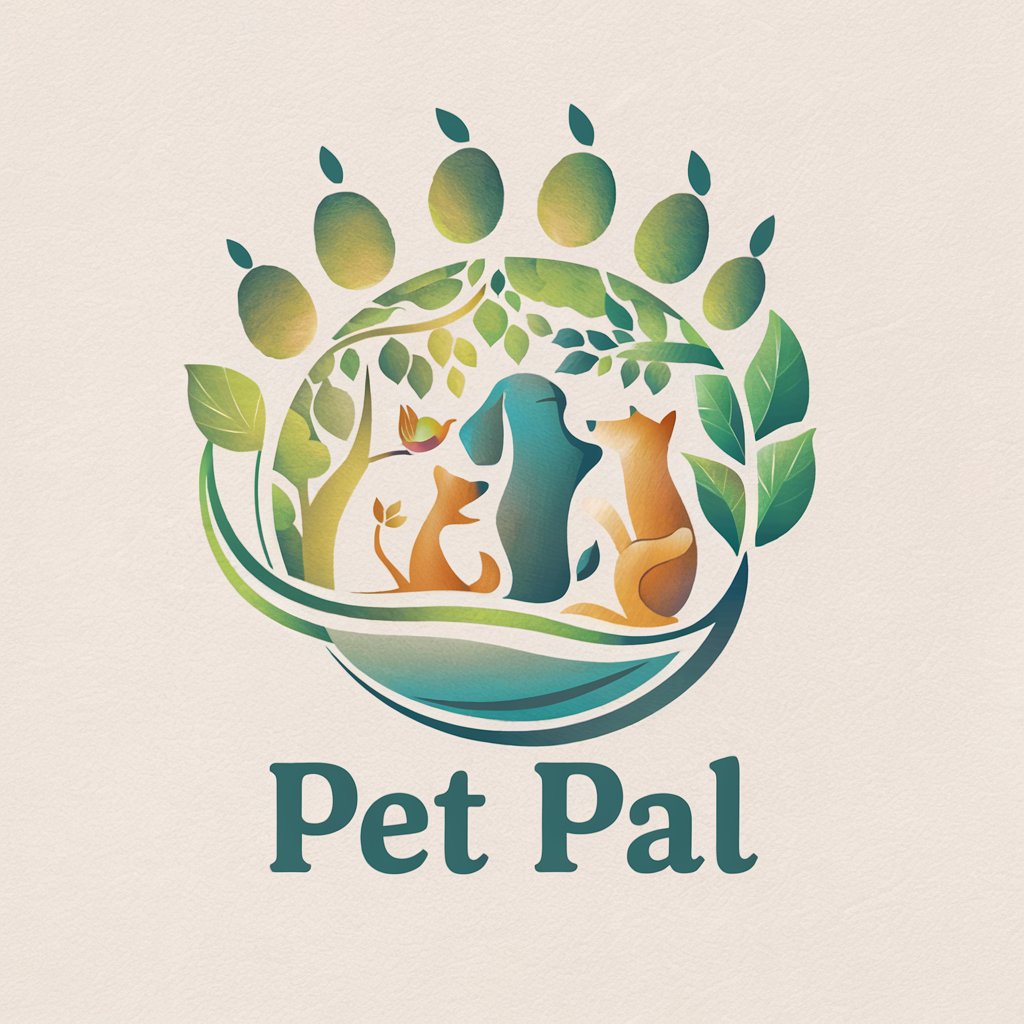
Shark
Dive Deep into the World of Sharks with AI
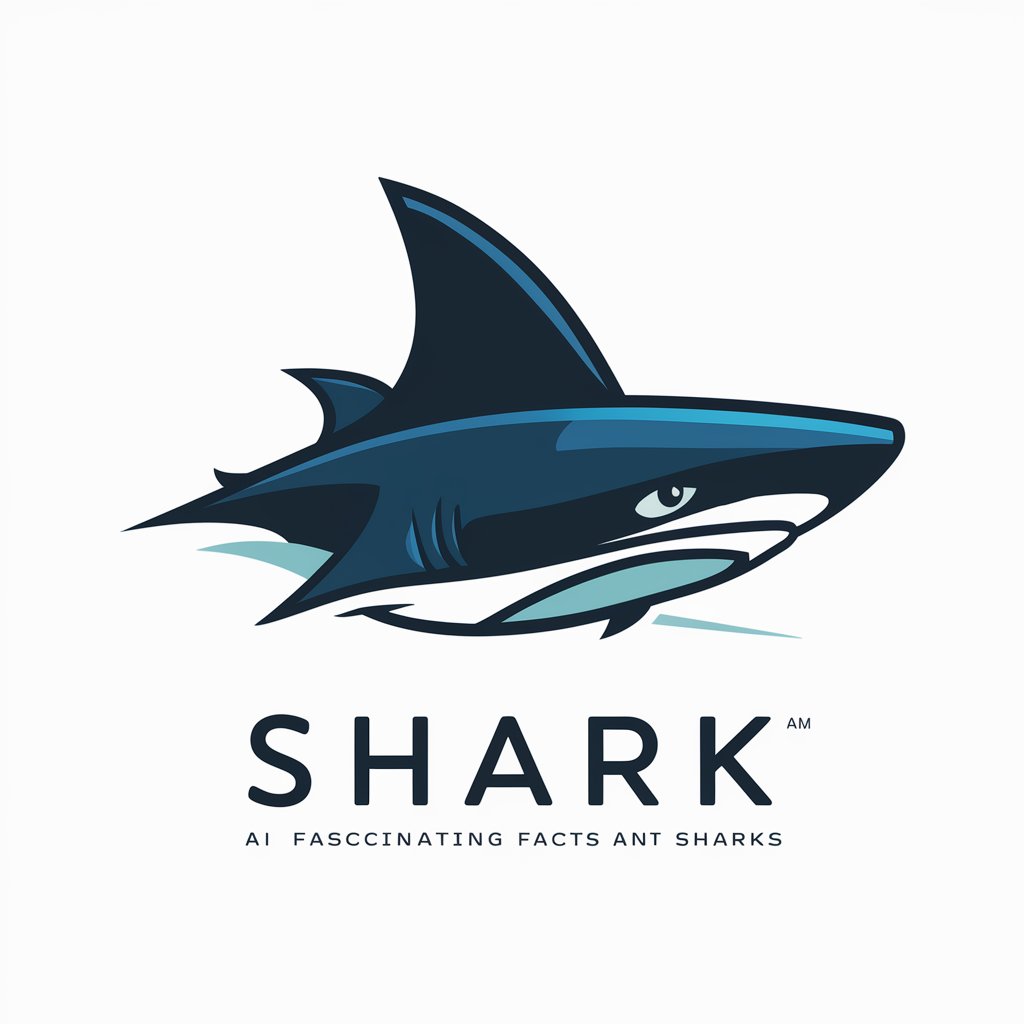
Survival Guide
Navigate Nature with AI

Essential Attributes of Conservation-Oriented GPTs
AI GPTs tools for Nature Conservation come with a set of unique capabilities such as advanced natural language understanding, adaptability across various conservation topics, and technical support for both novices and experts. They can perform tasks ranging from simple inquiries about species and habitats to complex environmental impact analyses. Special features include web searching for real-time data, image creation for educational purposes, and data analysis capabilities that can interpret and predict conservation trends.
Who Benefits from Environmental GPTs?
These AI GPTs tools are designed for a broad audience, including conservation novices, environmental scientists, policy-makers, educators, and technology developers in the field of nature conservation. They provide easy-to-use interfaces for those without coding skills, while also offering APIs and customization options for those with programming knowledge, making these tools versatile for various levels of technical expertise.
Try Our other AI GPTs tools for Free
Japanese Folklore
Explore the rich tapestry of Japanese folklore with AI-driven tools designed to generate, analyze, and bring to life the myths and legends of Japan.
Habit Tracking
Discover how AI GPTs for Habit Tracking can revolutionize your routine, offering personalized insights and seamless habit formation assistance.
Dispute Arbitration
Discover how AI GPTs for Dispute Arbitration streamline conflict resolution with advanced machine learning, offering personalized legal assistance and efficient dispute resolution solutions.
Negotiation Assistance
Unlock the power of AI in negotiations with GPTs designed to enhance strategy, communication, and outcomes in any negotiation scenario.
Justice Evaluation
Discover how AI GPTs for Justice Evaluation revolutionize legal analysis and decision-making, offering tailored insights for professionals across the justice sector.
GPT Configuration
Discover the power of AI GPTs for GPT Configuration, the ultimate tools for customizing Generative Pre-trained Transformers to meet specific needs and enhance efficiency across various domains.
Further Reflections on Conservation GPTs
AI GPTs for Nature Conservation not only provide immediate assistance in environmental tasks but also pave the way for innovative conservation strategies. Their user-friendly interfaces and integration capabilities make them a valuable asset for enhancing efficiency and effectiveness in conservation efforts, demonstrating a significant advancement in how technology can support environmental sustainability.
Frequently Asked Questions
What are AI GPTs for Nature Conservation?
AI GPTs for Nature Conservation are specialized tools using AI to support and enhance work in conservation efforts, through data analysis, policy development, and public engagement.
How can these tools benefit conservation efforts?
They can process and analyze vast datasets, predict environmental trends, provide policy recommendations, and engage the public through accessible language and information dissemination.
Do I need programming skills to use these tools?
No, many GPTs tools are designed with user-friendly interfaces for those without coding skills, but also offer customization options for users with programming expertise.
Can these tools integrate with existing systems?
Yes, most AI GPTs for Nature Conservation are designed to be adaptable and can be integrated with existing systems or workflows to enhance functionality.
Are these tools suitable for academic research?
Absolutely, they are invaluable for researchers by offering data analysis, trend prediction, and comprehensive literature reviews in the field of conservation.
How do these AI tools adapt to different conservation topics?
These tools are trained on a wide range of data, allowing them to understand and generate content relevant to various conservation themes, from biodiversity to climate change.
Can GPTs for Nature Conservation generate reports?
Yes, they can automatically generate detailed reports on environmental studies, conservation policies, and research findings, tailored to specific audiences.
What about the privacy of data used by these tools?
Privacy is a top priority, and these tools are designed to comply with data protection regulations, ensuring that all data is securely handled and processed.